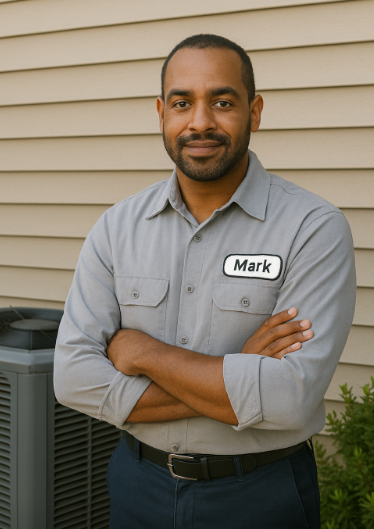When homeowners talk upgrades, they fuss over SEER ratings and brand names, forgetting the copper that quietly powers the system behind the walls: your home AC lines. These copper pipes—collectively known in HVAC circles as the line air conditioner set—transport refrigerant between your indoor coil and outdoor unit. They might look like just metal hoses, but trust me: if they’re wrong, your system can’t perform properly.
Over the next few thousand words, I'll walk you through everything you need to know—from why insulation matters to how to avoid common mistakes and why the right line set can make the difference between solid comfort and expensive headaches.
Copper Line Sets: The Essential Circulating Loop
Your home AC lines consist of two main copper pipes:
-
The suction line—larger and insulated—returns cold vapor refrigerant to the outdoor compressor.
-
The liquid line—smaller—feeds high-pressure liquid refrigerant to the indoor coil.
Get either diameter wrong, skimp on insulation, or botch the layout—and your system will creep pains, lose efficiency, or die early. (HVACRePipe.com’s guide to line set sizes) explains how wrong sizing throws off pressure and harms compressor life.
Insulation Doesn’t Just Keep Things Cold—it Pays Off
Missing or worn insulation on your suction line is a silent thief:
-
It lets heat sneak into the cold line, raising the job load.
-
It causes condensation, dripping water into places it shouldn’t.
-
It kills efficiency—studies show proper insulation can cut energy waste by over 10–15%.
If you want a deeper breakdown on the benefits, check out this overview of copper line insulation in HVAC systems.
Line Set Length: Shorter Isn’t Always Better—or Worse
Mini-splits have taught us that refrigerant line length matters. Most manufacturers test performance around a 16–25 foot run. Run your lines shorter, and you risk excess vibration or noise; make them too long, and the system loses capacity and efficiency.
A practical forum thread on insulation and length issues offers real-world insights on balancing layout and performance. (DIYSolarForum houses a great discussion).
Maintenance Matters: Spotting Line-Set Trouble Early
Neglected line sets are a hidden failure point. Key things to keep an eye on:
-
Insulation breakdown—cracks, UV damage, exposed copper.
-
Oil residue or frost spots—signs of leaks or pressure imbalance.
-
Debris or sagging—lining that sags or touches surfaces invites wear.
A monthly clean and visual check, complemented by a professional annual tune-up, is the best defense. PlumbingSupplyAndMore’s maintenance tips break it down sharply. (Regular maintenance guide) helps you catch early signs before downtime.
Upgrading Older Lines: When to Replace vs. Reuse
If your current line set is the right diameter, well-insulated, leak-free, and compatible with your new refrigerant—keep it. But if you’re switching to R-32 or saw damaged lines or poor layout, plan on replacement. Upgrading isn’t overkill—it’s preventive care.
Smart Routing Practices from the Field
Install tips that matter:
-
Avoid coils and low points in runs—these trap oil and reduce efficiency.
-
Use flexible or pre-insulated line sets where neat installation matters.
-
Maintain at least two feet of clear space around exterior lines to protect against damage and allow airflow.
Choose the Right Bundle—and Pair It with a Clean Installation
Let me get straight to what I recommend: for most homes replacing central units, the Goodman 3‑Ton 14.5 SEER2 R‑32 bundle strikes the right chord between efficiency, modern refrigerant, and ease of integration. But it’s the pairing with properly sized and installed home AC lines that delivers long-term performance.
It’s one thing to choose smart gear; it’s another entirely to tie it in with flawless copper layout, good insulation, and leak-free connection.
Wrapping Up: The Lineset Is More Than Copper—It’s Comfort
Here’s the bottom line:
-
The line air conditioner—aka your line set—is a vital link in the refrigeration cycle.
-
Proper insulation, sizing, and routing safeguard performance and energy use.
-
Maintain regularly to avoid surprises and expensive repairs.
-
Pair good gear with good plumbing—starting with clean, correct, well-insulated AC lines.
Want help evaluating your current setup or prepping for a replacement? I can walk you through Manual J, good bundle picks, and layout checklists so you stay cool without regrets.
—Mark Callahan







